952 results
Unusual interventional solutions for complex problems - Part 1
23 May 2019 – From EuroPCR 2019
Consult this session to discover unusual interventional solutions for complex problems, such as a creative solution to avoid a dreadful surgical intervention.
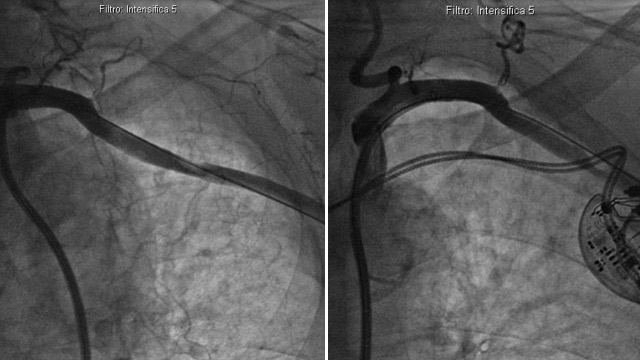
Optimising the treatment of severely calcified vessels with orbital atherectomy
23 May 2019 – From EuroPCR 2019
Consult this session to learn more about how to use orbital atherectomy for lesion preparation, enabling successful stent delivery, expansion and apposition and how the use of advanced imaging and the Diamondback 360 coronary orbital atherectomy system can optimise PCI outcomes.
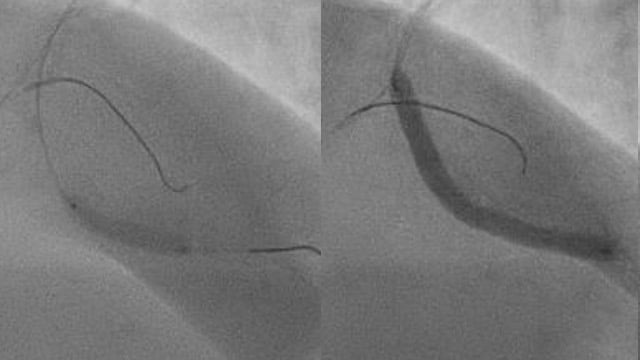
Complicated PCI of heavily calcified stenosis
23 May 2019 – From EuroPCR 2019
Consult this session on complicated PCI of heavily calcified stenosis and discover compelling clinical cases, involving a rotablator stuck in left anterior descending, pericardial tamponade, and more!
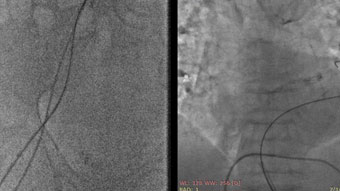
Complex PCI made simple... by IVUS
23 May 2019 – From EuroPCR 2019
Consult this session on ivus-guidance complex PCI and discover compelling clinical cases, such as an isolated critical ostial stenosis of unprotected left main coronary artery in ACS, a spontaneous coronary arterial dissection complicated left main dissection, and more!
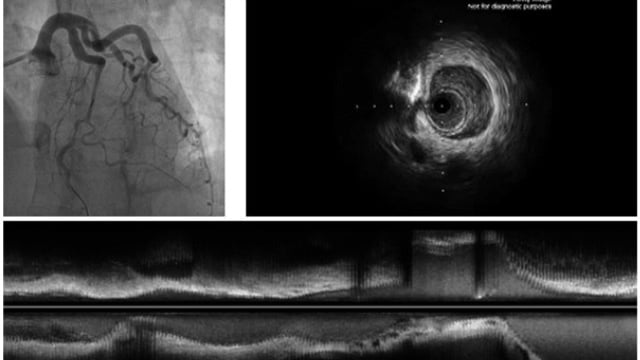
Building pathways for better patient care and safety
23 May 2019 – From EuroPCR 2019
Consult this session to learn more about the importance of patient pathways and protocols for delivering quality and safe care to the patients, how to prepare and organize your teams for changing patient pathways, and more!
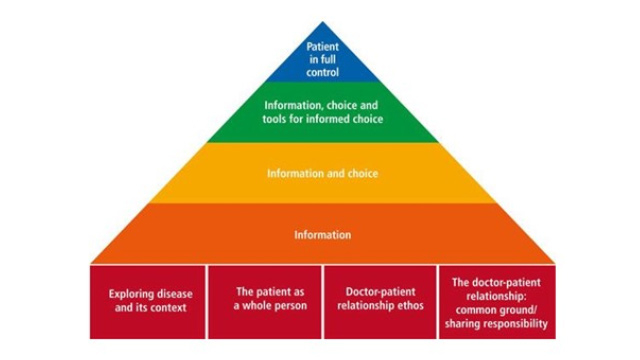
Prevention and management of iatrogenic coronary dissection - Part 1
23 May 2019 – From EuroPCR 2019
Consult this session to learn more about how to prevent and manage iatrogenic coronary dissection, with compelling clinical cases such as an iatrogenic dissection of trifurcated left main, an aorto-ostial dissection in heavily calcified right coronary artery, and more!
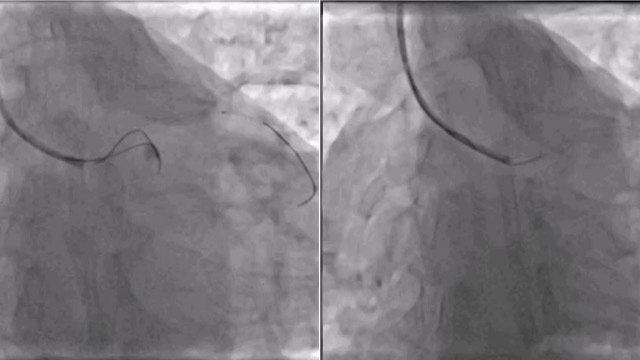
Cracking the rock - The challenge of complex calcified lesions
23 May 2019 – From EuroPCR 2019
Consult this session on complex calcified lesions to learn more about the right strategy to deal with a calcified lesion, what kind of tools are needed to debulk calcium, how to get an optimal result of PCI of a calcified lesion, and more!
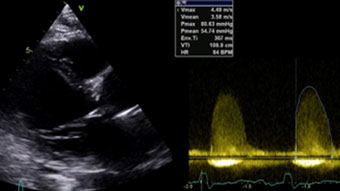
What is hot in intervention in Australia and New Zealand?
23 May 2019 – From EuroPCR 2019
Consult this session to discover the new trends in Australia and New Zealand regarding percutaneous interventional treatment of valvular disease, coronary artery disease, and more!
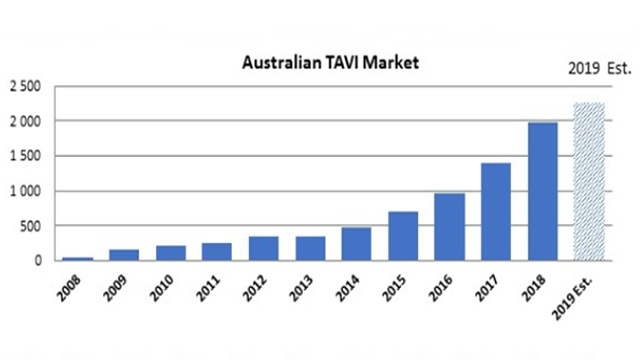
Trouble on the way: radial artery challenges
23 May 2019 – From EuroPCR 2019
Consult this session to discover compelling clinical cases regarding radial artery challenges, such as the percutaneous retrieval of a kinked catheter in the right subclavian artery, proximal and distal compression for treatment of radial artery pseudo-aneurysm, and more!
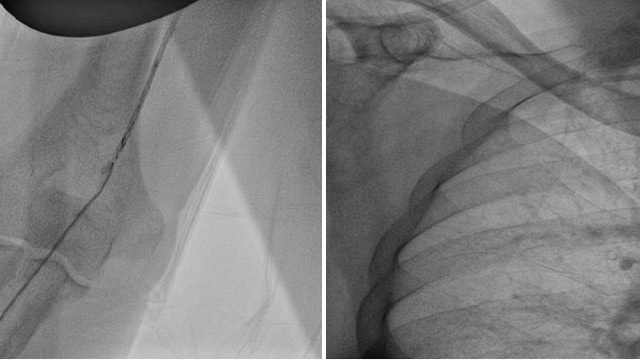
EuroPCR 2019: Late Breaking Trials published in EuroIntervention
22 May 2019
View late-breaking trials and Innovations published in EuroIntervention, The Official Journal of EuroPCR and the European Association of Percutaneous Coronary Interventions (EAPCI).



